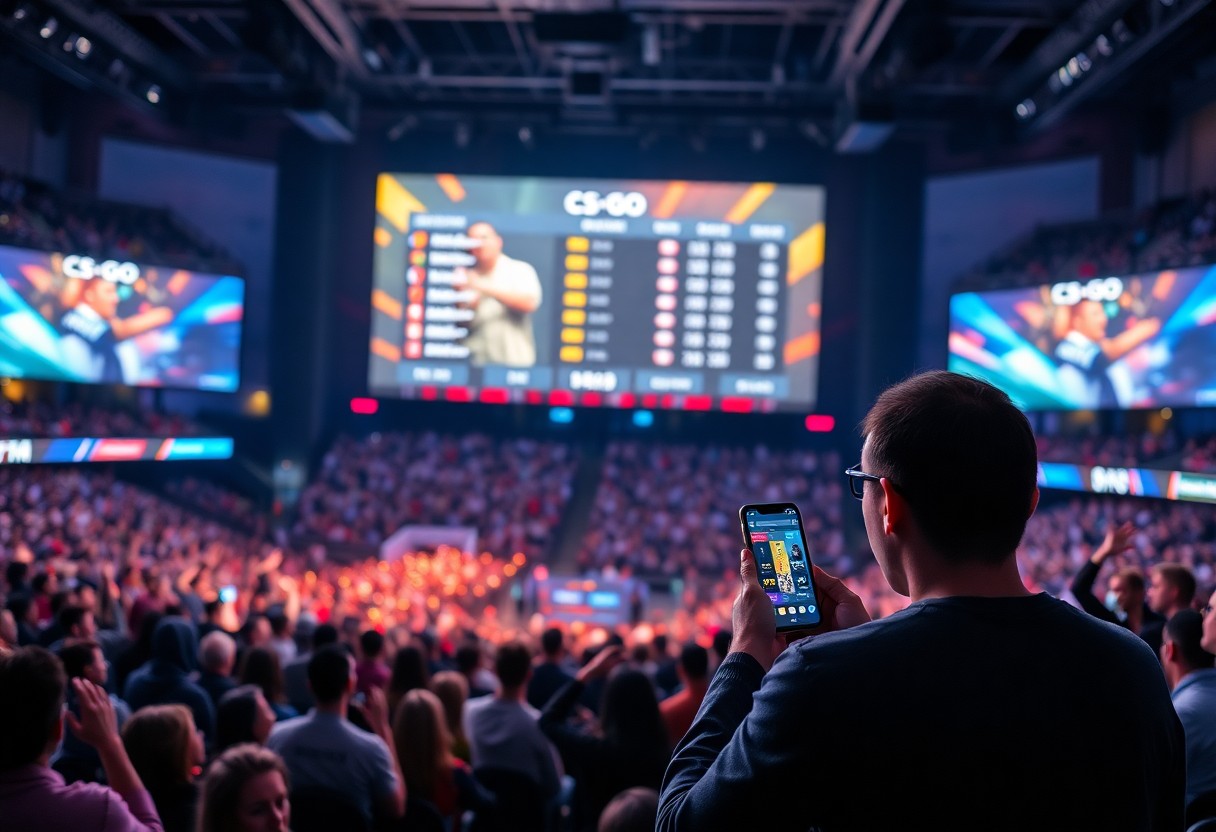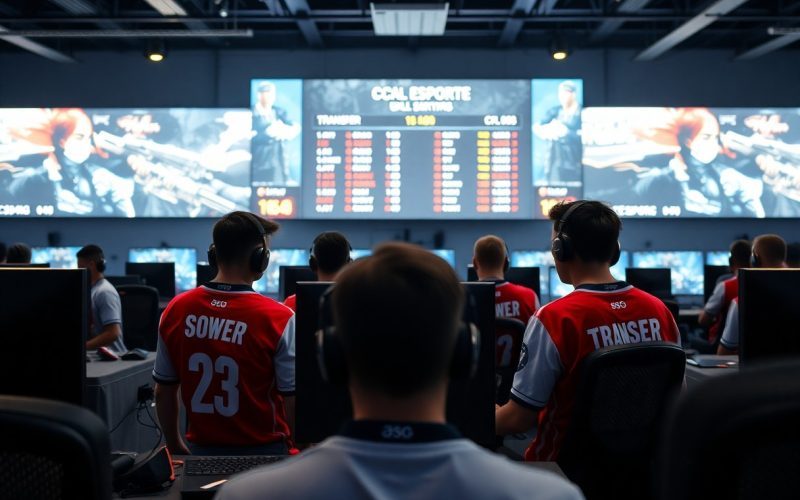Most fans of the Counter-Strike franchise were filled with excitement and speculation when news broke about the transition from CS:GO to CS2. Counter-Strike, a series that has established itself as a cornerstone of the eSports community, has always been known for its engaging gameplay and strategic depth. The anticipated shift from CS:GO to CS2 is positioned as a significant evolution within the series, sparking debates about the potential for a meta shift versus a visual overhaul.
The first aspect to consider is the gameplay mechanics that underpin the transition. CS:GO has enjoyed a successful run, but as the gaming landscape changes, so too does the need for updates. With CS2, Valve aims to introduce enhancements that are not merely cosmetic. The mechanics associated with player movement, weapon handling, and grenade physics could be reworked for a more dynamic experience. Improvements in gameplay can shift the meta significantly, affecting strategies that players have become accustomed to over the years. Having a revamped tactical framework could push players to adapt their styles and explore new strategies, thereby refreshing the competitive scene.
On the other hand, visual updates in CS2 are also garnering attention. The graphics engine used in CS:GO, while functional, was beginning to show its age. With the incorporation of newer technology, CS2 promises a complete graphical overhaul, which enhances the immersive experience of players. Improved textures, lighting, and environmental design elevate the aesthetic quality of the game. Such enhancements may appeal to a new generation of players and could attract those who had previously underestimated the series’ potential due to dated visuals. However, whether visual changes alone will satiate the hunger for gameplay evolution remains to be seen.
The overarching question is whether CS2 will prioritize updating the meta or refining visuals. While eye-catching graphics can lead to increased interest and engagement, the heart of Counter-Strike has always resided in its gameplay mechanics. A vibrant and appealing game world must be complemented by intricate systems that challenge players to think critically and strategically. If CS2 merely serves to beautify without substantive changes in gameplay, it might not resonate with the veteran crowd that has shaped the competitive community.
Moreover, the competitive ecosystem is also a significant factor in assessing the transition. CS:GO has established itself with a devoted player base, including professionals who have made their marks in tournaments across the globe. If CS2 introduces drastic changes, the existing professional scene may face upheaval. This could lead to a divide between players who thrive in CS:GO’s established mechanics and those willing to adapt to new ones. The balance of maintaining traditional gameplay while inviting innovative strategies is a delicate act that Valve must navigate carefully.
Summing up, the evolution from CS:GO to CS2 represents a complex interplay of visual enhancements and potential gameplay shifts. While nostalgic players hope for a seamless transition that respects the essence of the franchise, the shift could open doors to new strategies and narratives in competitive play. Ultimately, the success of CS2 will depend on how well it bridges the gap between an updated visual experience and a transformative gameplay environment.







